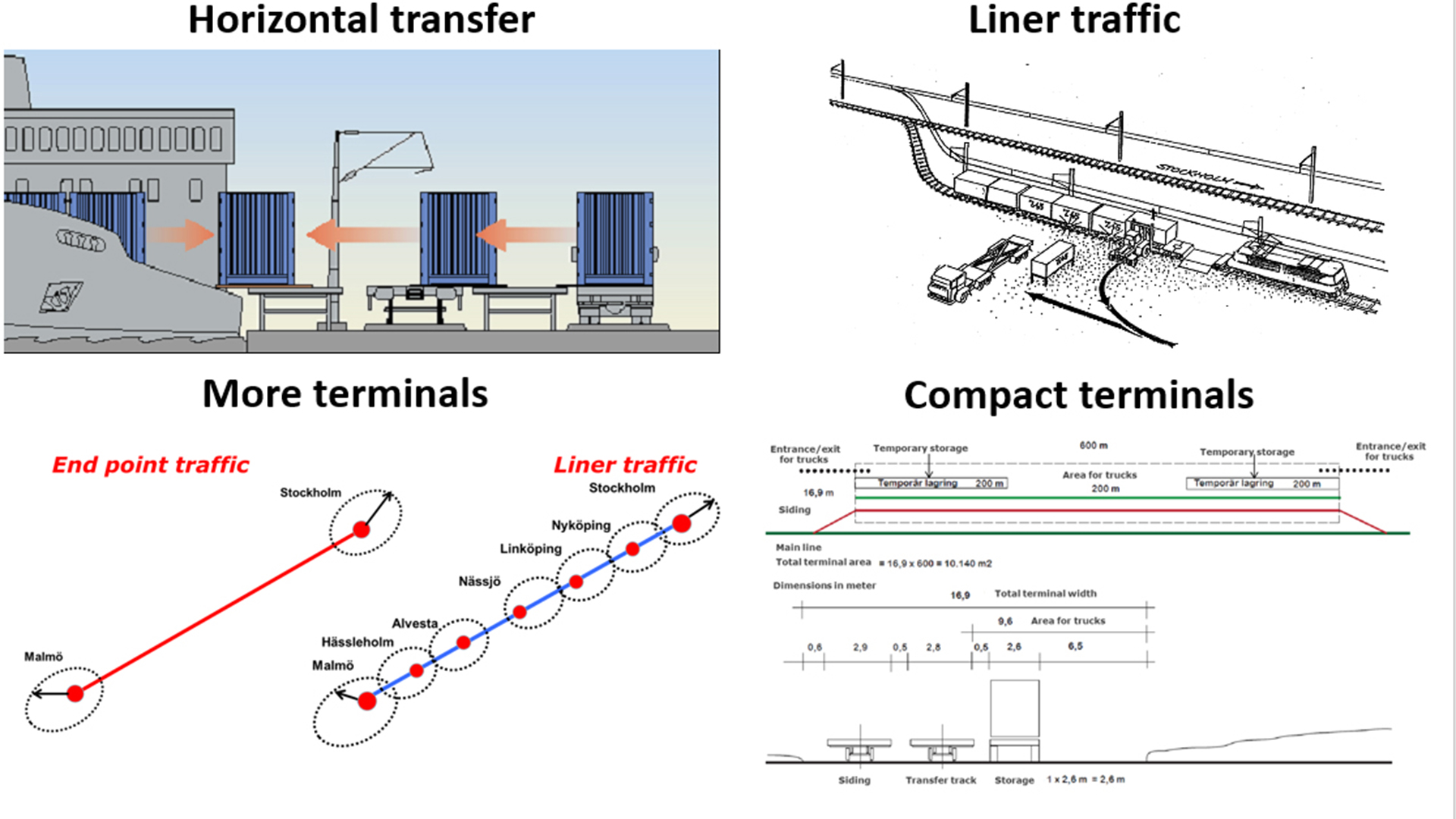

Close terminal placement
In intermodal transport, it is important that the terminals are located close together. This means that the distribution distance by truck is shorter. It also means that intermodal transport can attract more goods. The goods are also constantly moving in front of you. Not like today with end-to-end traffic where the goods sometimes have to be driven back because there are no terminals near the destination.
With dense terminal locations, the handling becomes more local in nature. There is therefore a natural connection to the local LBC companies to be responsible for the terminal operations. Only local transports mean that the drivers stay in the town. No foreign hauliers are considered either.
Researchers have also pointed out that the way intermodal transport is carried out must change. From end-to-end traffic to line traffic. More goods and faster and more environmentally friendly transport. The fact that the EU is now pointing out that 75% of all road transport should be transferred to rail or sea transport can focus on the fact that the system must be changed. The image below is taken from a report from KTH.

Within the EU there is an interesting concept and a prototype of a new railway wagon has been built. It could form the basis for a railway wagon that connects to the CCT concept on a modern railway wagon.
There is a simple animation that shows how a CCT Terminal works and it is below. Check it out to see what we mean.
This site was created with the Nicepage